"In 2012 we started this project called Venezia x Izu, to help creating a connection not only between Venice and Izu, but also between Izu and the rest of the World. In 2020 Japan will host the Olympic Games and Izu will host the cycling events at Shuzenji Velodrome. A big chance for less known local areas to become more open to foreign tourism and to build worldwide connections. Please feel free to contact us for whatever needs you should have while visiting Japan (including camping, water and electric supply)!"
Il Carnevale di Venezia(ヴェネツィア・カーニバル)
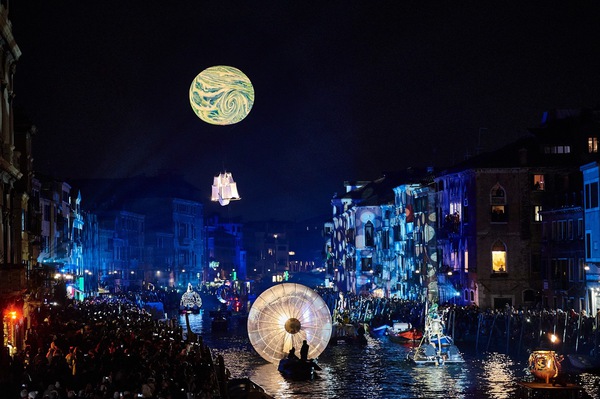
今週、地元ヴェネツィアの話をさせてもらいます。
ヴェネツィア・カーニバル(イタリア語:Carnevale di Venezia)はヴェネツィアで年に一度開催される祭りであり、 2月末から3月初めまでの2週間行われます。
1162年頃から続く伝統的なお祭りで、アクイレイアとの抗争に勝利したヴェネツィアの人々が勝利を祝い、広場等で踊り始めたのがカーニバルの始まりといわれています。
18世紀頃にヴェネツィア経済が衰退した影響を受け、ヴェネツィア・カーニバルも徐々に衰退していき、ヴェネツィア共和国が滅びると同時にカーニバルは中止されました。
長い時を経て、イタリア政府がヴェネツィアの歴史と文化を復活させるため、1979年に伝統的な祭典だったヴェネツィア・カーニバルを再開し、ヴェネツィア・カーニバルは再び注目を浴びました。
この時期のヴェネツィアは、街中のいたるところでマスケラ(マスク)と呼ばれる仮面が売られています。
マスケラを付けて街を歩けば、美しい街並みに豪華な衣装を着た人々が行き交う様は、まるで動く絵画でも見ているかのような気分です。
現在では毎年約300万人が来訪する世界三大カーニバルのひとつになっています。
かんなに混んでいるから少し歩きづらくなるかもしれませんが、街ごと中世にタイムスリップしてしまったかのような、この時期ならではの不思議な世界観を存分に楽しめます。
カーニバルの時しか食べれないお菓子もあります:フリッテッレ(クリーム(Crema)と、ザバイヨーネ(zabaione)とヴェネツィア風(veneziana)の3種)とガラニーです。
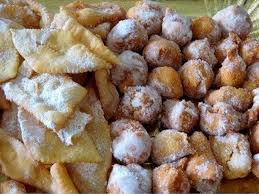
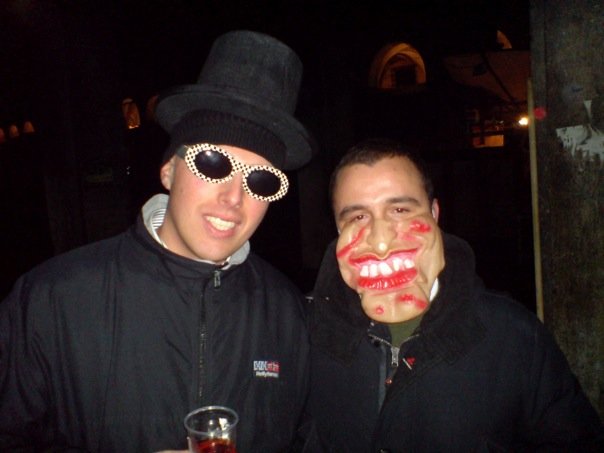
This week I'd like to talk a little bit about the Carnival of Venice, that every year attracts thousands of tourists from all over the world.
This event has a long history and it is one of the oldest one.
Its history goes back hundreds of years ago and after a brief stop when Napoleon conquered Venice, in 1979 it restarted as we know it today.
So, seeing all those masks makes you go back to the ancient mysterious Venice.
If you have never been in the city during the Carnival I suggest to come at least once.
Even if it is even more crowded than usual...
Alberto
Izu Peninsula, lesser known destination you must see in Japan (part 18)
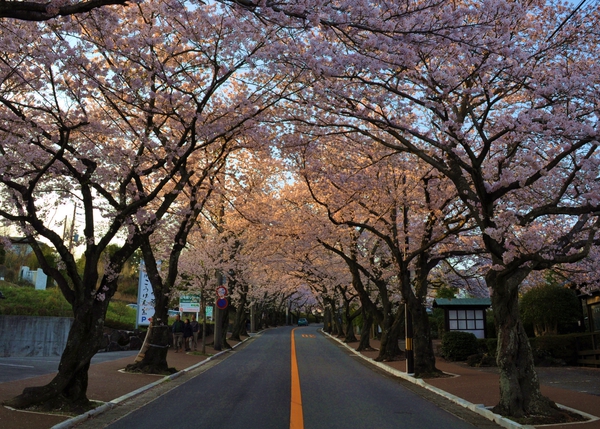
Last week the Japanese Sakura season has started here in the Izu Peninsula!
The town of Kawazu, located on the south side of Mount Amagi, on the southeastern seaside, is one of the most famous places for cherry blossom all over Japan.
For this reason, in this period a lot of people is coming everyday, from Tokyo, Yokohama, etc.
Traffic jams almost everyday of the week, especially on Sunday, will make the visit to Kawazu a little unpleasant, but once you are there you will forget about it and enjoy a relaxing walk on the riverside, while watching those beautiful pink trees, enjoying local food specialties.
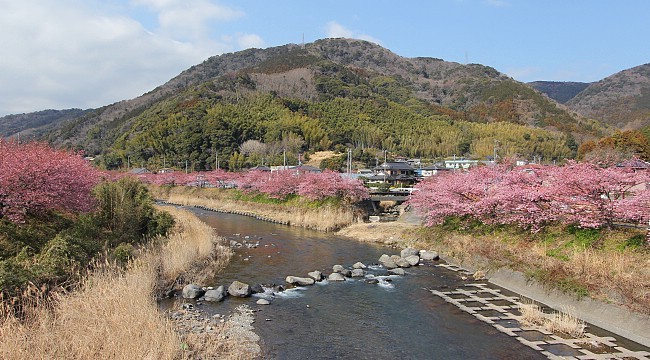
This is the webpage of the Kawazu Sakura events. Unfortunately it is only in Japanese, but by using Google translator maybe it will work...
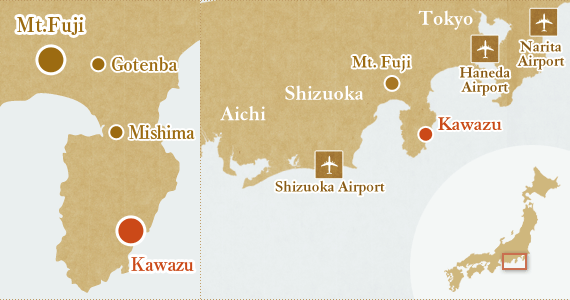
As you can see in the map above, to reach Kawazu by car you can ride down the east coast from Atami and Ito or go to Mishima and then go straight down through Mount Amagi.
Both ways are very crowded especially in this period, so maybe it would be better to reach it by train:
http://www.kawazu-onsen.com/eng/access/
On the same page you can also find some info regarding the sakura cherry blossom:
http://www.kawazu-onsen.com/eng/sakura/
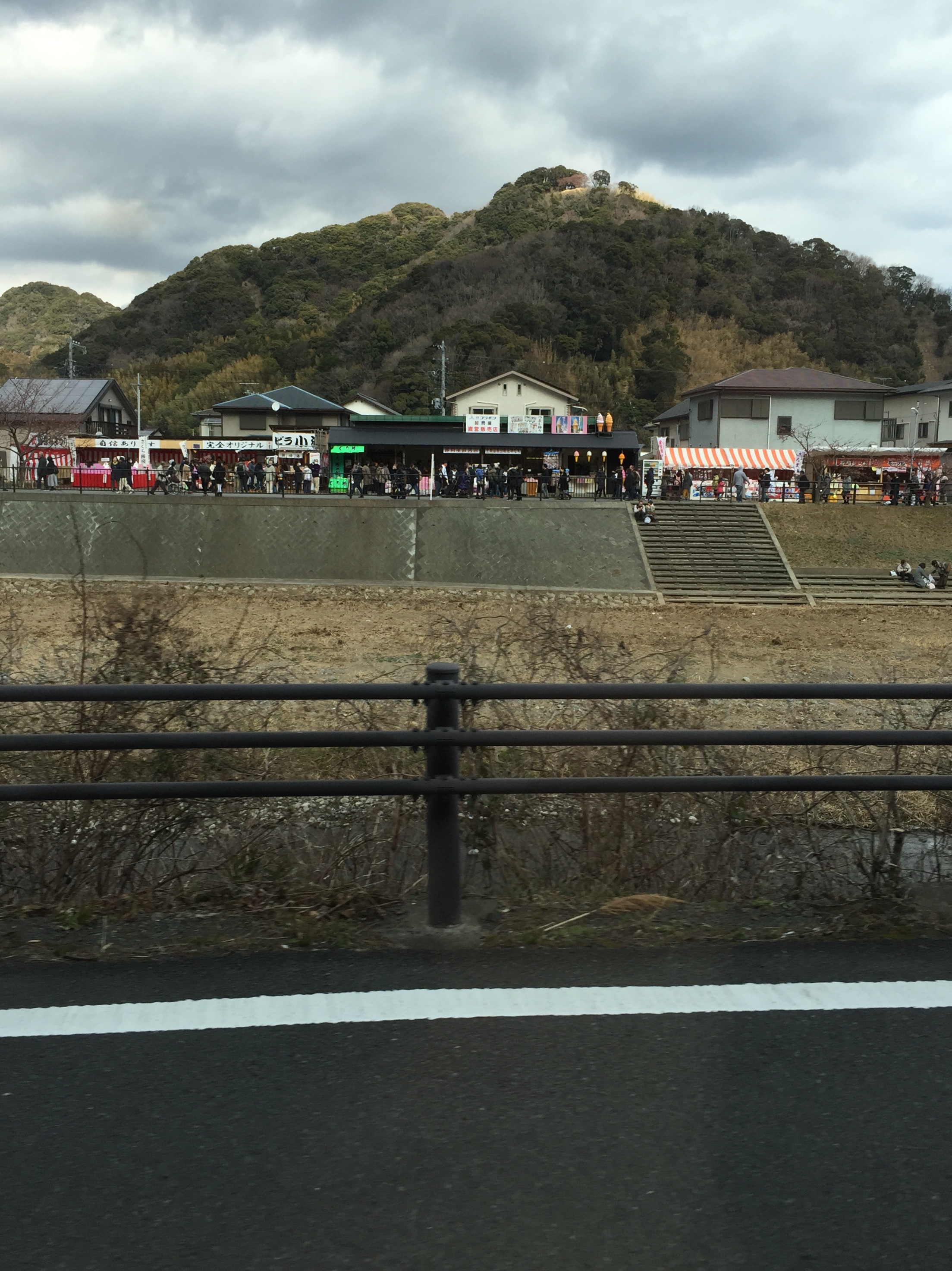
On the Kawazu river side you can find many food and drink stands that local people opens just for this occasion, from February to March.
Nearby there is also a big supermarket where you can also find some delicious food.
Of course there are also many other places to visit in Izu during the "sakura season", for example Kannami and Mishima's Nagaizumi Town, but all over Izu you will see these lovely trees.
On more reason to visit this beautiful region of Japan, still not very popular outside Japan, but one of the most visited by Japanese people.
Alberto
Izu Peninsula, lesser known destination you must see in Japan (part 17)
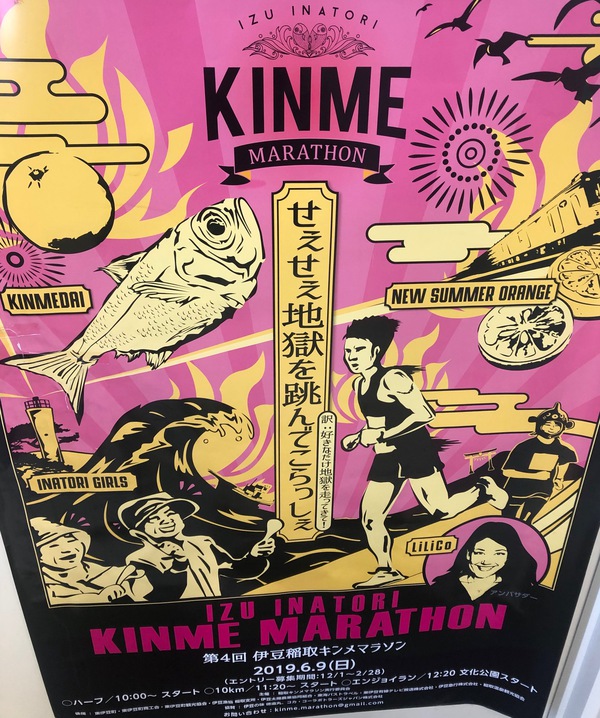
Izu Inatori, my wife's hometown.
As I wrote in one of my previous blogs, it is located on the South-East Coast of the Izu Peninsula, near the City of Ito and other small towns, all famous for their onsen hot baths.
There are really a lot of these small towns on the coast, one next to the other.
Most of the young people left to go studying or working in the bigger cities of the area or in Tokyo, which can be reached by train in about two hours.
The people that's still living in this part of Izu are living mostly on tourism and fishery.
The ocean is beautiful here on the East Coast, but most of the coast is rocky and so there are not so many beaches as on the South and West Coast, so in the summertime young people often goes to the Shimoda area's beaches.

Inatori is famous for its many events that take place every year.
There is the Hina Matsuri (Festival) from mid-January to the end of March, which focuses on a combination of hina dolls and handmade hanging ornaments. The Dontsuku Festival, at the beginning of June, which is a so called fertility festival and dates back more than 2000 years (its current interpretation only began in 1966). One local used to dress like a "tengu" (folklore character with a long red nose) and hit residents with a penis-shaped stick to bless them with children and to prevent from getting ill. Today's summer festival is also known for its beautiful fireworks. During the festival it is also possible to try many of the local foods while drinking a good Japanese beer. Unfortunately I've heards rumours that last year was the last edition of this festival, as the municipality can't afford the costs because of the reduction of the tourism incomes... not sure by the way...
Also, on June 9 there will be the Inatori's Kinme Marathon (kinme is the name of the famous red fish with golden eyes). It can be a good chance for runners to visit this part of Japan.
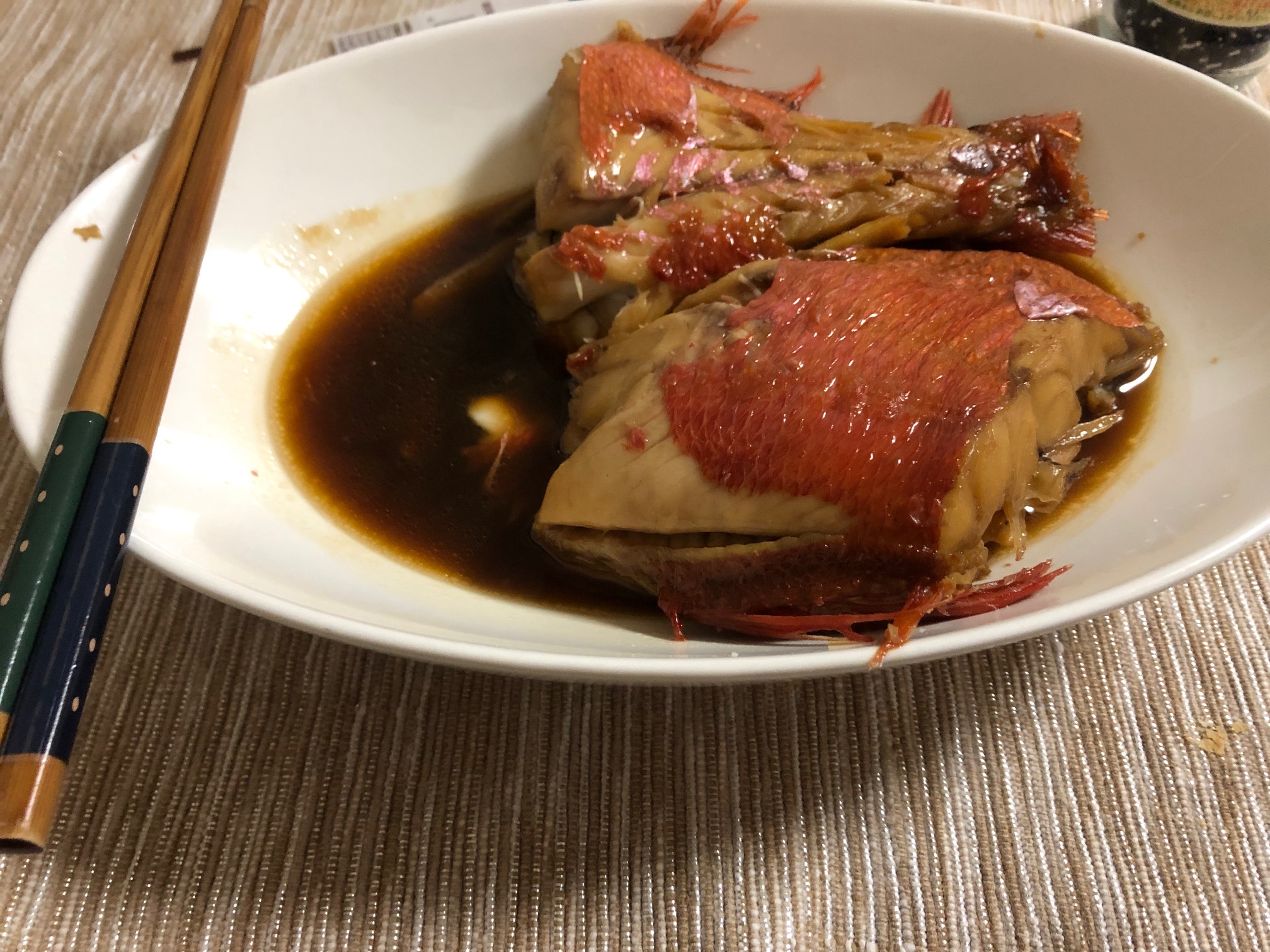
Simmered kinmedai (alfonsino)
In the upper part of the town you can also find some attractions for children, like the Animal Kingdom zoo and the Atagawa Banana Wani Park. By reaching the Inatori and the Hosono Plateau you can also enjoy some stunning views of the blue ocean below.
This part of Izu really worths a visit!
Alberto
Izu Peninsula, lesser known destination you must see in Japan (part 16)
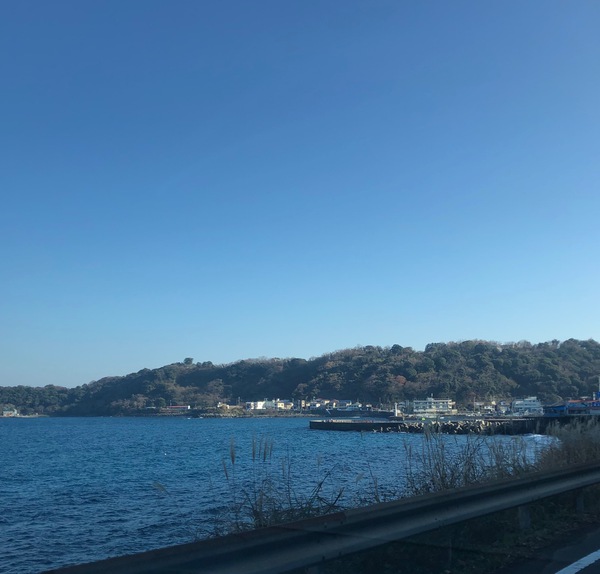
Last week on the way to my father in law's house in Inatori, I drove thru the near city of Ito, on the Izu Peninsula's East Coast.
I've always enjoyed to drive on the seaside road and I think that it looks more like a California road, with palm trees on both sides and the beautiful Ocean close by.
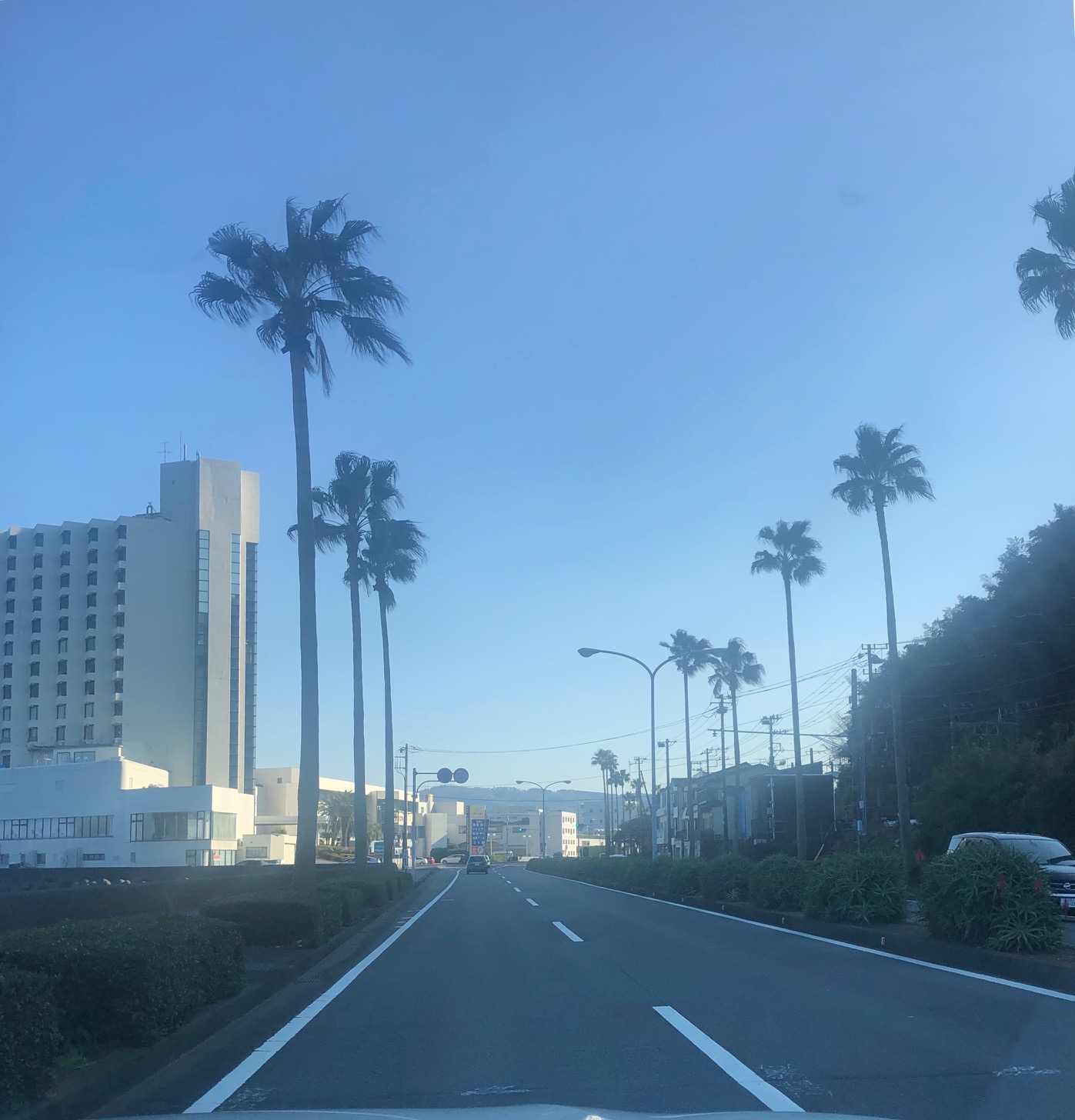
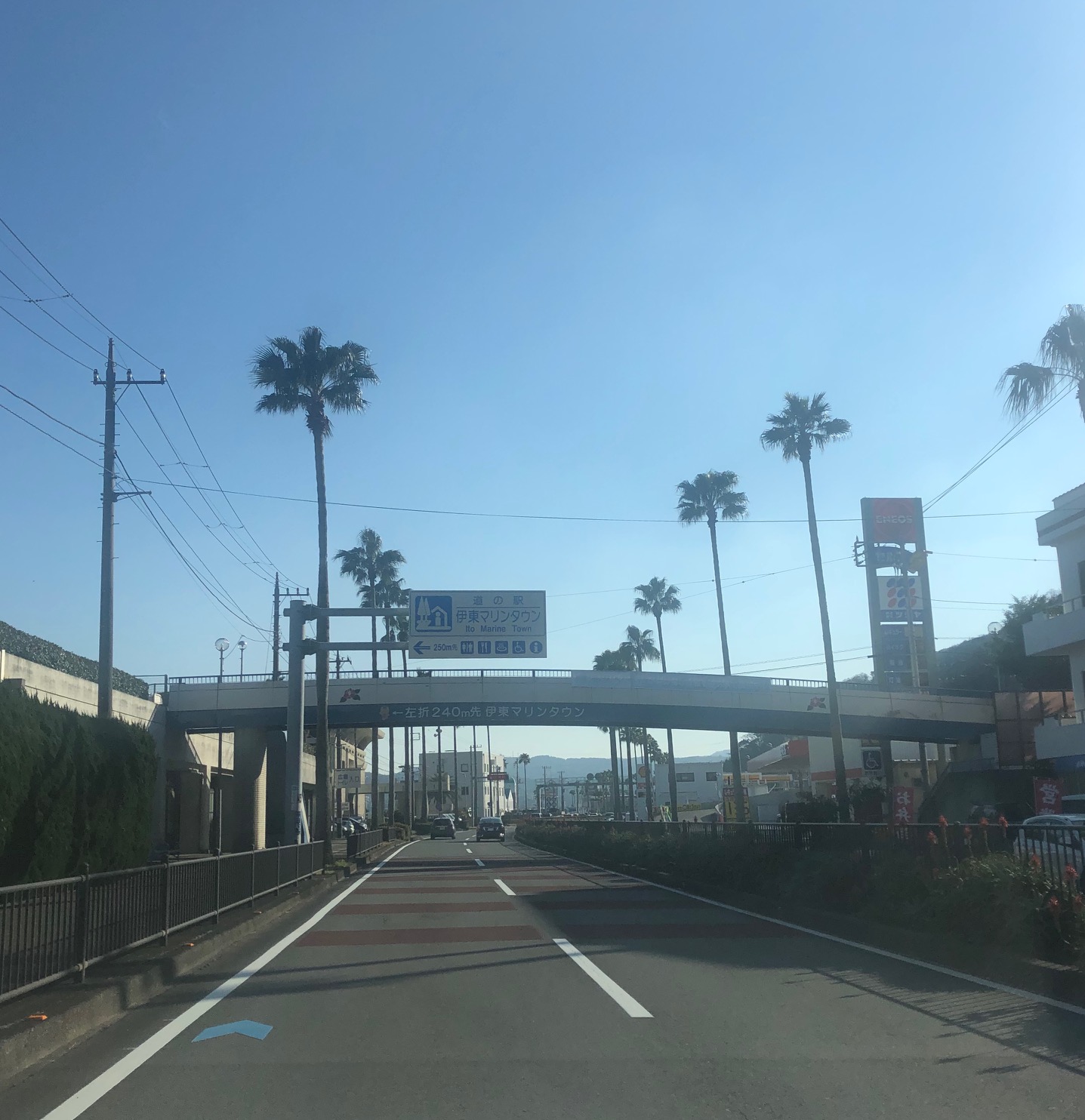
In summertime and during national holidays it is always very crowded, especially the Ito Marine Town, where you can find many small restaurants and cafe and take a rest while watching the ocean.
But in autumn and wintertime it is more easy to spend some relaxing hours in this beautiful city.
It can be also reached easily by train, by changing train at Atami Station or even directly from Tokyo with the Odoriko Line:
https://www.jreast.co.jp/e/routemaps/superviewodoriko.html?src=gnavi

A view of the small Ito Station
On the other side Ito is surrounded by mountains.
By crossing them through the Usami Pass you can get to Izunokuni City within less than one hour.
Due to the Amagi mountains, that have a volcanic origin, as all the Izu Peninsula it is famous for its hot springs.
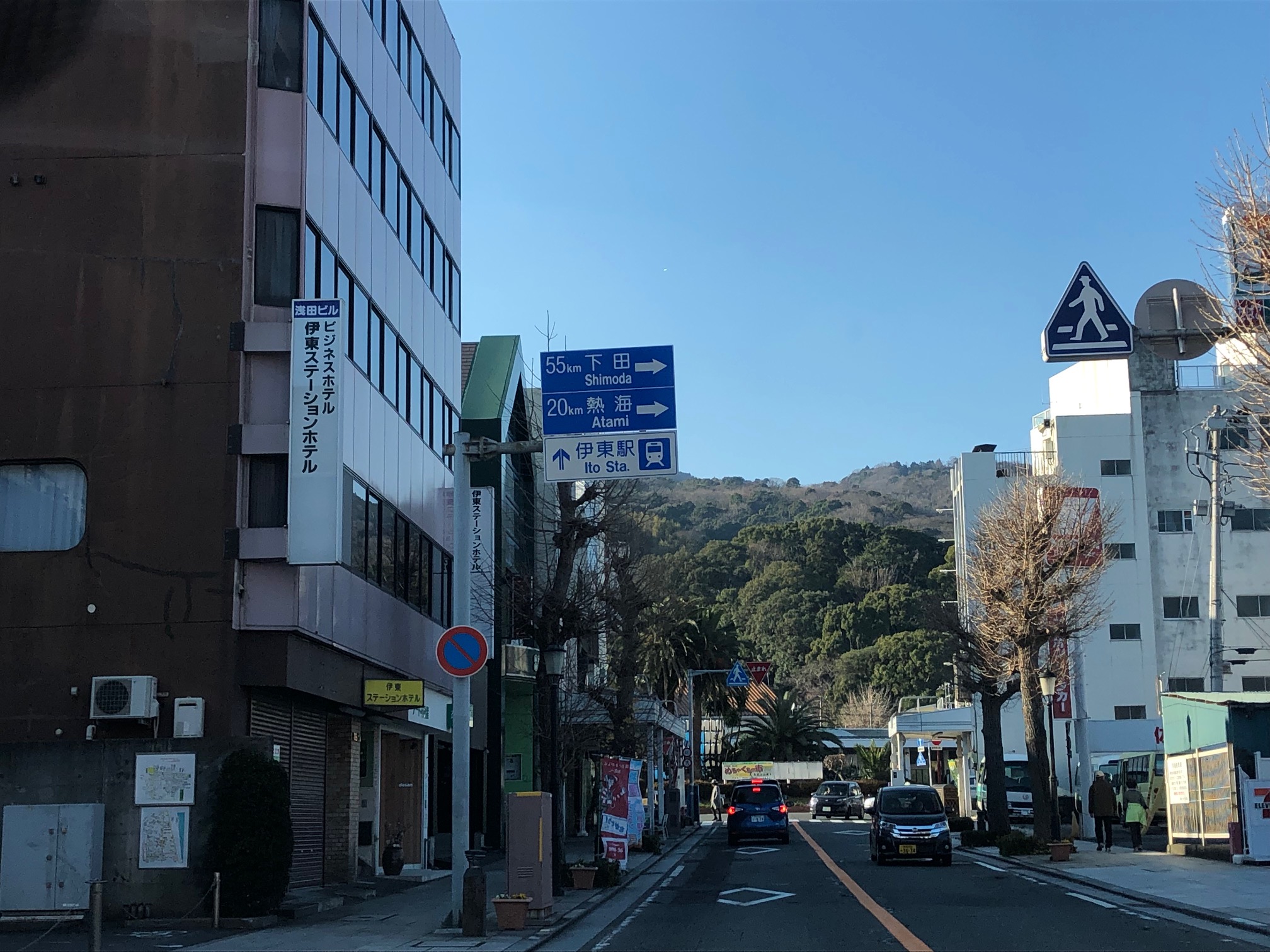
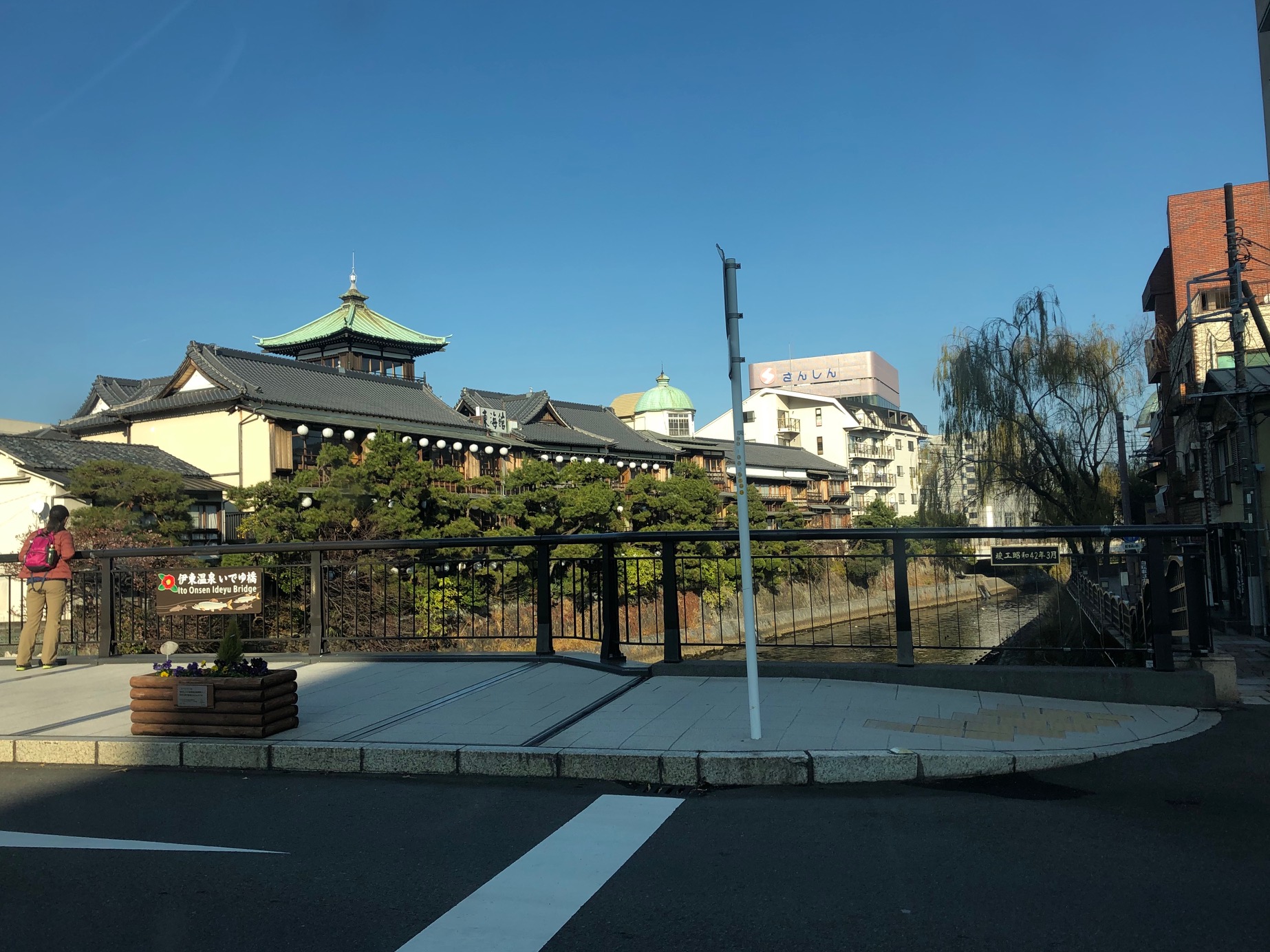
As all the Izu Peninsula it is also famous for its delicious fishery.
The Kinmedai fish (splendid alfonsino) of east Izu is famous all over Japan and what better place to try it, if not here in Ito?
It really worth a visit and maybe also some relaxing nights in its beautiful hot spring-furnished ryokan(s)!
Alberto
Izu Peninsula, lesser known destination you must see in Japan (part 15)
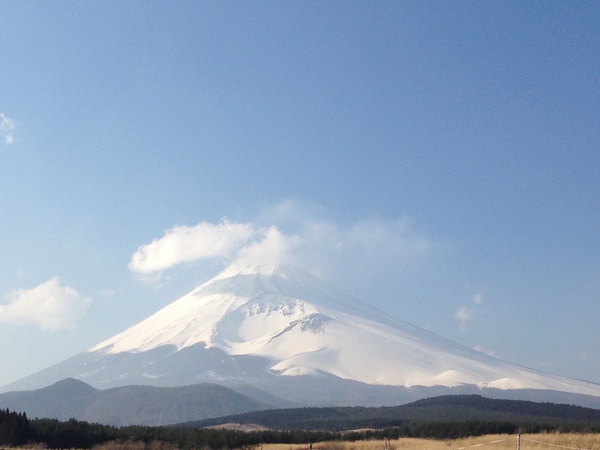
Mount Fuji, in Japanese Fuji-san is the most known symbol of Japan and of Izu too.
It stands between Izu and the Yamanashi Prefecture and can be seen from all the Izu Peninsula.
If watched from the Yamanashi Prefecture's side it is called Man Mount Fuji.
If watched from the Shizuoka Prefecture (Izu)'s side it is called Woman Mount Fuji.
It is the highest mountain in Japan, with its 3,800 meters.
Like Italian Vesuvio, it is a dormant volcano, that last erupted in 1707-1708.
Since 2013 it is also a World Heritage site and no need to say that worths a visit, which for climate reasons it would be difficult during winter.
Here some pictures I took from different places in the Izu Peninsula and other nearby areas:
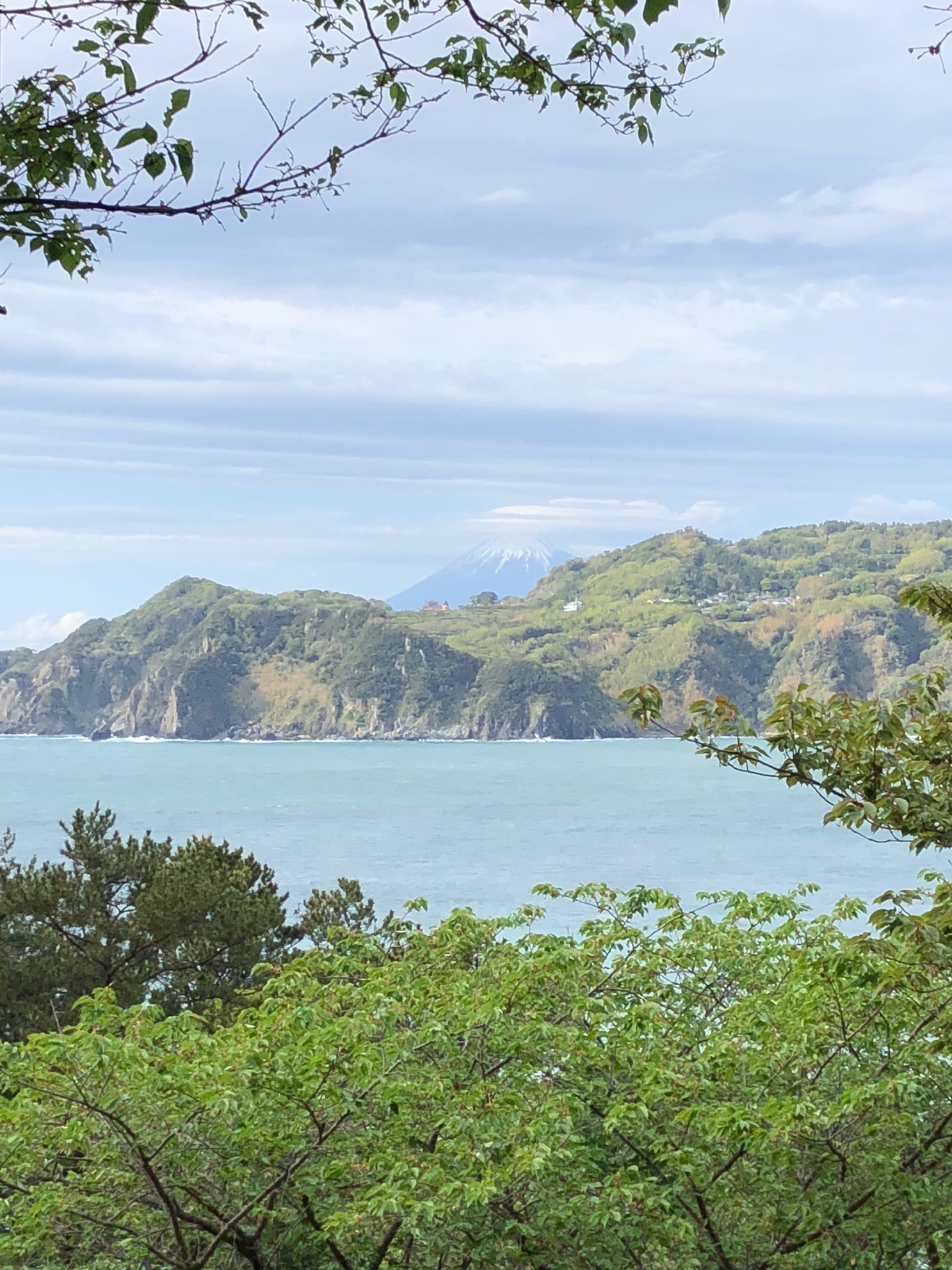

Two pictures taken in the West Coast of the Izu Peninsula, one in Koganezaki and the other near the village of Heda.
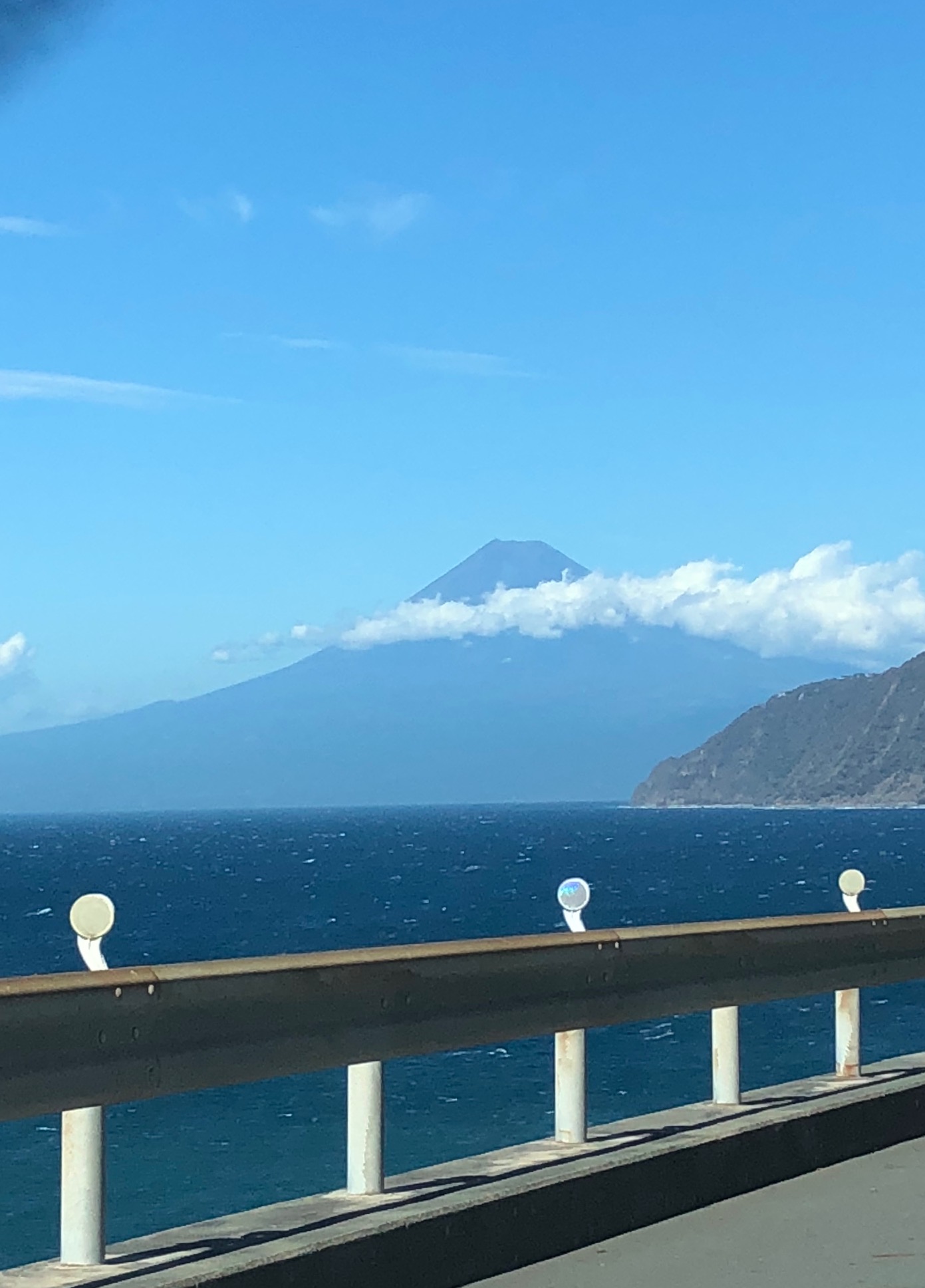
This was also taken in the West Coast near Heda, but in summertime

This is Mount Fuji from Ema Village (Izunokuni City) in the early morning
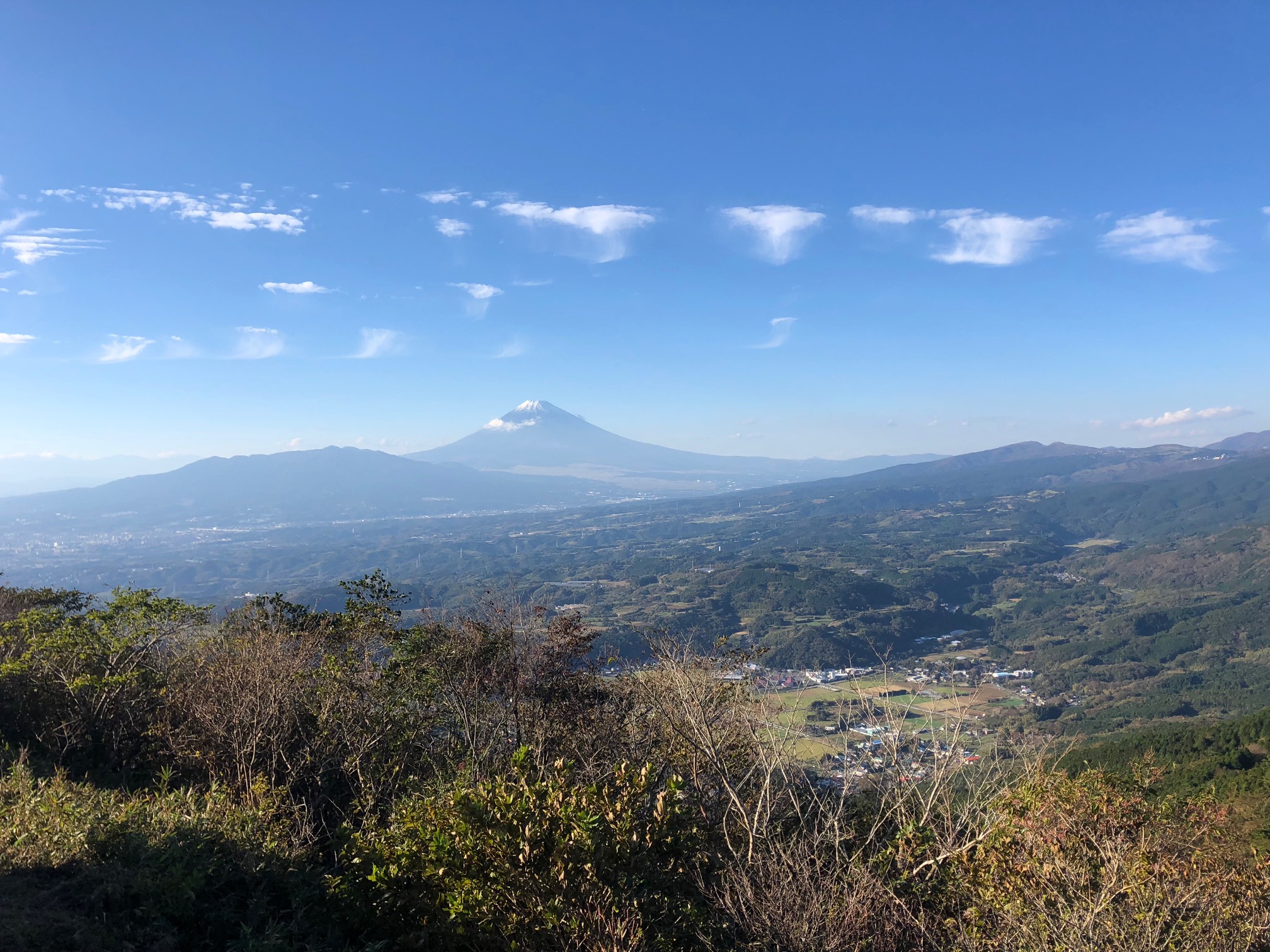
Mount Fuji from the Izu Skyline road
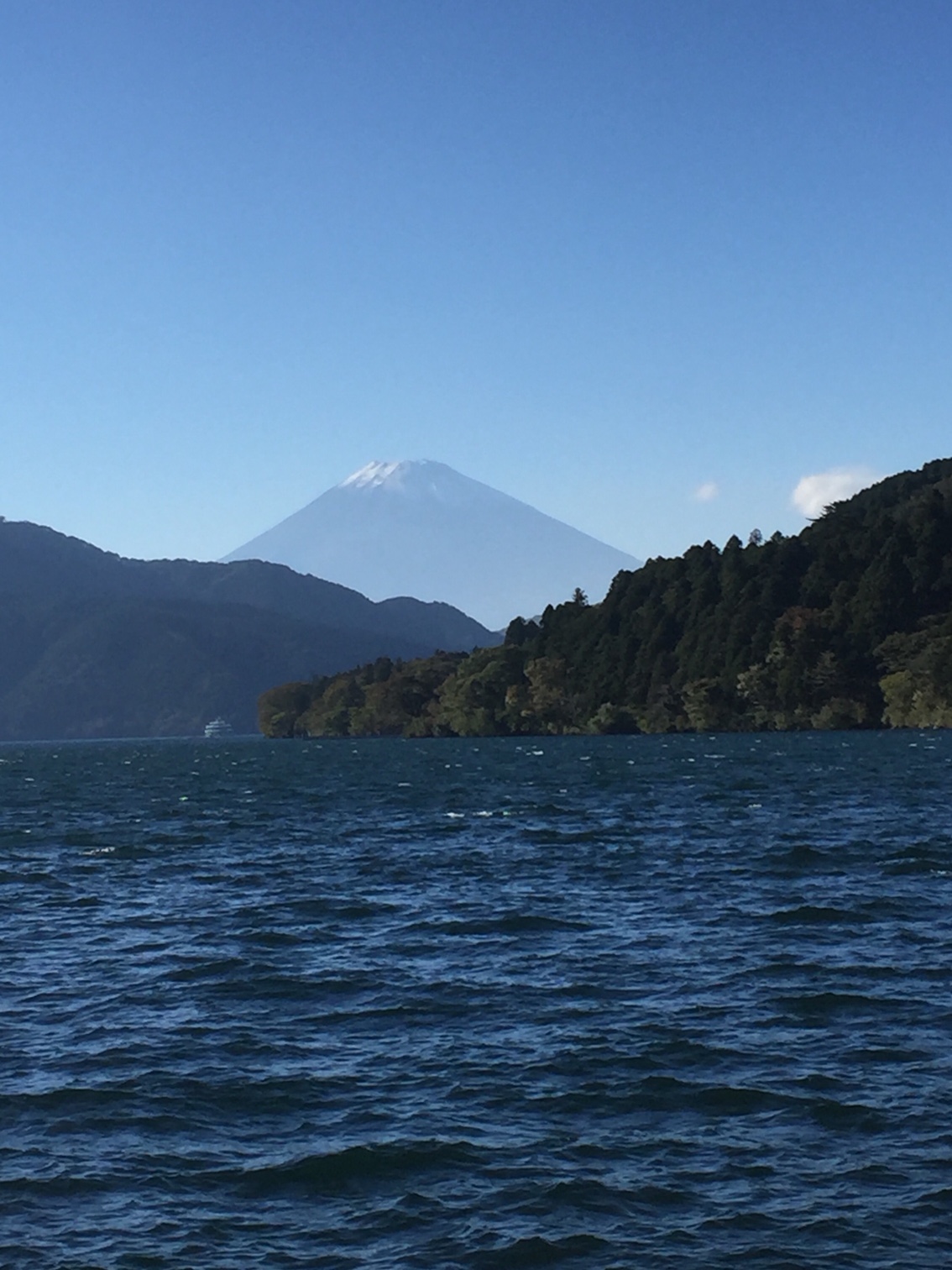
Another beautiful view is from the Hakone's Lake in Kanagawa Prefecture
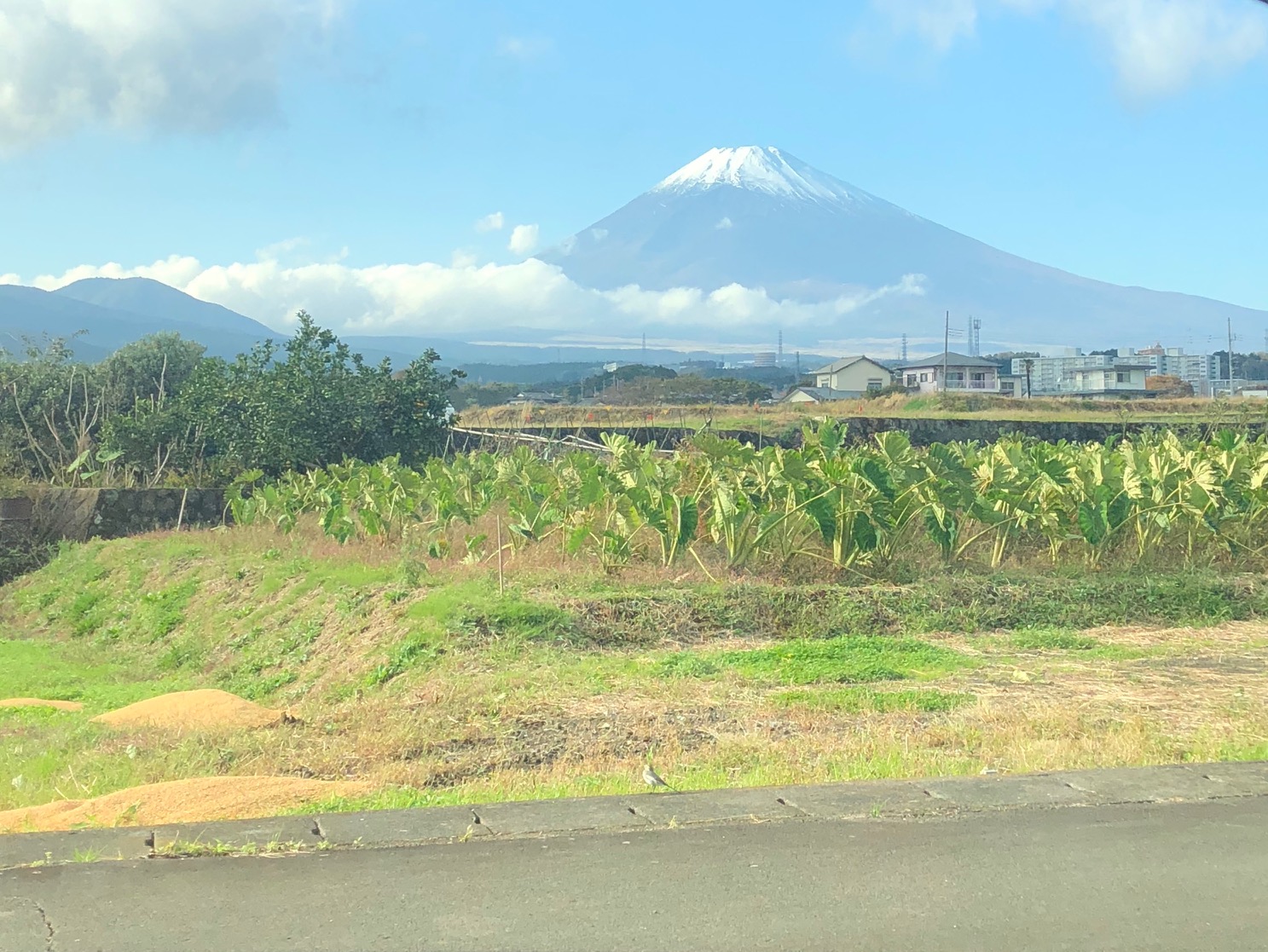
This picture was taken in the Susono-Gotenba area (closer to Mt. Fuji)
As you can see, Izu is one of the best places to enjoy Mount Fuji's beautiful views (both in summer and wintertime).
This should be another reason to come and visit!
Alberto
